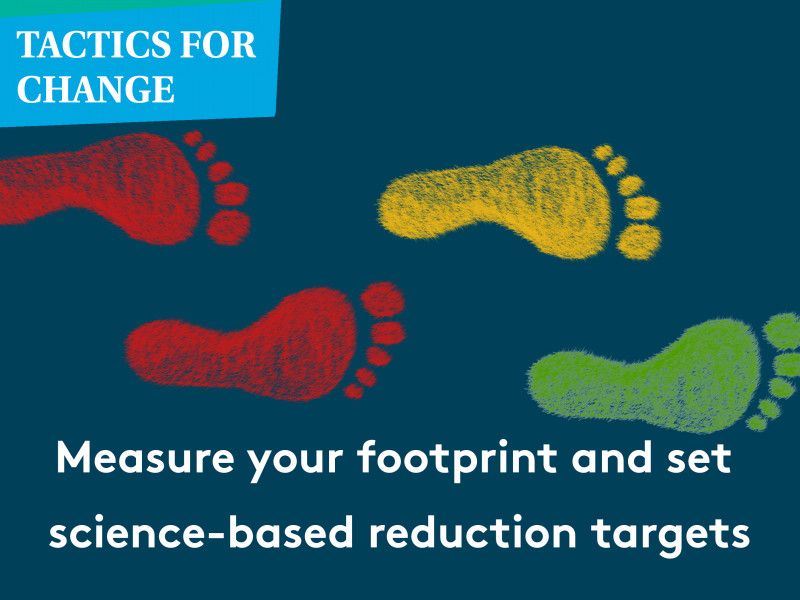Understanding your social, economic and environmental impacts is no longer an option. Destinations need to measure the positive and negative footprint of their events and tourism sector, and set science-based targets to improve them.
The profound impact the tourism and events industry can have on a city, a region, and the entire world, is becoming more and more visible: be it the mountains of waste left behind after a festival; the carbon emissions of business tourism and flights; or overcrowded cities in the scorching summer heat. Of course, not all impacts are negative, with job creation and architectural renovation being potential positive outcomes, but a key issue is that neither the positives nor the negatives are being measured effectively.
There exists a big chasm, a gap in our knowledge, which is risking the survival of the environment, locals, and even the economy as a whole. It is rather odd that:
“Investors, developers, hotel chains and tourism agencies routinely take security, political, health and safety, and other factors into account when making decisions about development. But often little, or no weight, is given to sustainability and the long-term impacts of these decisions.” (The Travel Foundation, 2019)
We have to become better at measuring our current footprint, project this into the future, and with a 5 to 10-year business plan (or longer) set out the strategy for future developments. Making informed decisions, based on scientific-research, will be the only way we can create effective initiatives to reduce the negative impacts of our industry on both planet and people. Further, success needs to be measurable! Quantitative data needs to play an important role, as it makes it easier for a city to prioritise which programs are ineffective, and which should be accelerated.
Case Study: Sydney
In Australia one city in particular has taken exemplary steps to measure its footprint, and use this data to reduce its negative externalities. The municipality of Sydney identified the accommodation and entertainment sector as having the most negative impacts, and also a great capacity for change. To contribute towards ambitious reduction targets, a group of external stakeholders convened for consulting purposes. In brief, it identified that the accommodation and entertainment sector is currently responsible for 21% of the city’s total greenhouse gas emissions, 14% of water consumption, and 47% of the city’s commercial waste. As a result, the city developed a 5-year strategy, “Making Sydney a Sustainable Destination”, to outline the actions the sector must take to achieve its overall environmental targets. Under this strategy 40 industry stakeholders we brought together in the “Sustainable Destination Partnership”, to further accelerate progress. You can find the detailed report on this initiative here.
Stay tuned for next week’s post, which will continue to outline the 8 Tactics for Change that DMOs can take to contribute to a more regenerative future. If you are eager to read more now, you can read the whitepaper here.



